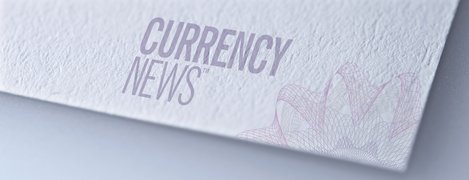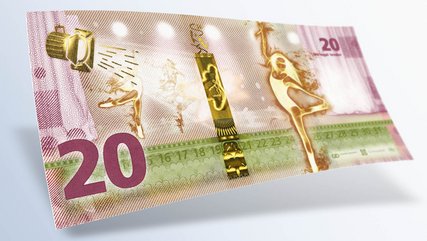

Delivering Banknote Security Through Technology
Louisenthal's Solution Readers will recall in earlier editions that we addressed a number of significant highlights following G+D's Currency Technology Symposium held in July. This is the final story, focusing on key elements of the day dedicated to Louisenthal, G+D’s substrate and feature subsidiary.
The messaging was simple but sophisticated: the best security solutions are a combination of embedded, printed and applied features integrated into a cotton-based substrate. The design of a banknote plays a central role in both their affection and their authentication, two of G+D’s five requisite ‘A’s for cash. The claim that a banknote contains more technology than an iPhone rests squarely on how designers bring together the technical specifications with the themes, motifs, colours, formats of each banknote and the series they sit within. To work they need to tell a story and deliver to a formula. The Magic Triangle incorporating Security, Durability and Sustainability was presented as the formula for future banknotes.
To illustrate how G+D does this, its Currency Technology Symposium examined three elements of this in workshops.
Banknote features tell a story

While banknotes historically create their identity through having strong colours, a core theme and images that resonate with the population, there is also an approach that advocates having the banknote ‘tell a story’. If each element links together, and the security features play a full role in telling the story, then the public should look at the note and intuitively recognize the genuine and the fake.
To illustrate this approach, G+D launched its JUMP security feature in the form of a housenote that uses the features within a story. The JUMP story links SICPA’s SPARK® feature and G+D’s RollingStar® LEAD foil. On the note SPARK has been used as a spotlight which illuminates a stage where a ballerina is dancing. The design carefully ensures the ‘light’ illuminates the foil. When the foil is tilted, the optical effect is of a curtain opening (rolling bar) revealing a ballet dance that moves as the note is moved in all directions.To demonstrate that this creative approach extends beyond one housenote, G+D produced two more, ‘Camera’ and ‘Shell’. It also has Azerbaijan’s 50 manat note,issued to celebrate the importance of education and the route to advanced education, to illustrate this vision in practice.
Elements of banknote architecture
To help participants think about thechoices they make when selecting securityfeatures, three counterfeiting techniquesused to mimic frequently-used securityfeatures were demonstrated. The toolsand materials used were off the shelf.There was then the opportunity to dowhat had been shown. It was a thought provokingexercise.
Designers talked about key design principles:
- Combinations of features and printing techniques for complexity Using materials and printing techniques that are not readily available outside of the
- high security printing industry The need to ensure easy public
- authentication (if a security feature can’t be described in one, or at most two, sentences, it is unlikely to work with the public)
- The importance of conducting counterfeit risk analysis to understand the threats.
On top of those principles, there will be the need to consider machine readability, customisation and whether and how to use high level features such as three dimensional depth and flip effects, colourshifting features etc.
Technology delivering design
While the focus is on the visual effect, it is worth pausing to consider the technology that delivers this. The micro mirrors used in RollingStar are a tenth of the width of a human hair (which is 100 microns) and it is the control of how their angle and orientation is perfectly positioned that is the key to creating their visual effect.
Equally, the colourshift effect used on the notes is what is known as ‘True Colourshift’. It is achieved through a three layer system. The top layer is a semitransparent mirror. The middle layer is as pacer layer. The bottom layer is a metallic mirror. The metallisers use a vacuum deposit technology that is only used in the security industry.
It’s the substrate that counts

The substrate is, of course, the starting point for a banknote, the base material on which all else is then built. Each option brings its own unique characteristics. The Green Banknote is already recognised for its durability and minimal use of plastic. Green Longlife takes sustainability to the next level, composed of 100% organic cotton, with no plastic content in its substrate. The carrier foils and threads used have a 70% recycled content. In this context the idea of using biomimetic materials in banknotes was introduced, these materials being materials created by inspiration from nature: Spider web silk which is inspiring the biomaterials industry. Burrs – which led to the invention of Velcro.
Use of binding agents made from sugar cane in G+D’s Green Longlife banknotes is an example of the optimal use of natural materials in banknotes. The logic is to replace fossil materials with bio-based materials wherever possible and to reduce the carbon footprint of banknotes and facilitate their repurposing at end of life. Green Longlife. The replacement of polymer based security fibres with security fibres made from sustainable wood pulp and the use of mineral free oils in lithographic inks is also part of this approach. Platforms deliver banknotes G+D has invested in a wide range oft echnology platforms that have allowed it to invent, and then combine, a vast series of secure visual effects. Transform these into attractive security features that the public recognise and use has been a worthwhile investment.

Weitere Informationen
JUMPTM
Vorhang auf für ein neues Designkonzept. JUMP ermöglicht Storytelling in seiner schönsten Form und erweckt Banknoten zum Leben.